
1) So far you have learned how to make direct questions. However, in English, sometimes asking questions directly maybe a little difficult or it may be seen as impolite. As a result, it is common for English speakers to change direct into indirect questions to sound more polite. Their construction is easy.
STEP 1: You will have to start your indirect question with INDIRECT phrases like:
- Could you tell me….
- Do you have any idea….
- Could you possibly tell us….
- Would you mind telling us…
- I was wondering…
- We’d like to know…
- I´d like to know…
Now, let´s analyze the following DIRECT QUESTIONS. We will divide them into WH-Questions and SIMPLE Questions.
- WH-Questions start with What, Where, When, Who, Why, How, How Often, How Old, How Long Ago, How Much, How Many, What time, How Long, What Kind of, just to mention the most common ones.
- Simple questions begin with Is, Are, Do, Does, Did, Have, Has, Had, Can, Could, Will, Would.
STEP 2: To make your analysis easier, let´s underline the subject and highlight the verb in each of the following statements.
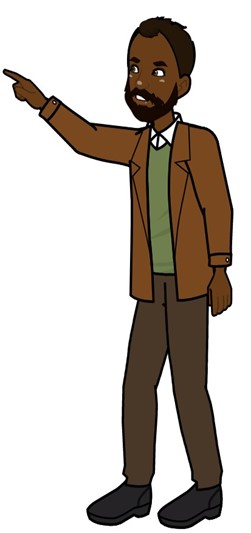
WH-Questions with OTHER Verbs:
- How do you spell your first name?
- When did you get your first job?
- How many jobs have you had?
- How do you deal with stressful situations?
- What type of work environment do you prefer?
WH-Questions with the verb TO BE:
- What is your name?
- Where are your parents now?
- What are your strengths and weaknesses?
- How old were you when you got your first job?
Simple Questions:
- Can you tell me about yourself?
- Do you prefer working independently or in a team?
- Did your first boss get a good impression of you?
- Can you describe your background in brief
2) TRANSFORMING DIRECT STATEMENTS INTO INDIRECT STATEMENTS
STEP 3: Now, in order to transform DIRECT statements into INDIRECT statements with WH-Questions with OTHER Verbs, all you have to do is to follow this construction:
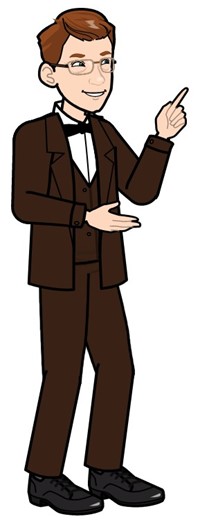
AN INDIRECT PHRASE + A CONNECTOR + AN AFFIRMATIVE STATEMENT (SUBJECT+VERB+COMP)
- (Direct) ‘HOW do you spell your first name?’
- (Indirect)
Could you tell me HOW you spell your first name?
- (Direct) ‘WHEN did you get your first job?’
- (Indirect)
Can you tell me WHEN you got your first job?
- (Direct) HOW MANY JOBS have you had?
- (Indirect)
Could you possibly tell us HOW MANY JOBS you have had?
It is easy, isn´t it? First you use any indirect phrase you want. Then you use a connector which is the WH-word in the original direct statement. Right after the connector, you make sure you use the SUBJECT and the VERB of the original sentence, as if it were a sentence in affirmative form with NO AUXILIARIES anymore. Note that the verb can be in present, past , future or perfect tenses, according to the original sentence.
STEP 4: Now, in order to transform DIRECT statements into INDIRECT statements WH-Questions with the verb TO BE, all you have to do is to follow this construction:
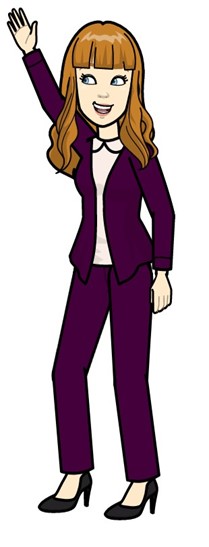
AN INDIRECT PHRASE + A CONNECTOR + AN AFFIRMATIVE STATEMENT (SUBJECT+VERB+COMP)
- (Direct) WHAT is your name?
- (Indirect)
- Could you tell me WHAT your name IS?
- (Direct) WHERE are your parents now?
- (Indirect)
- Can you tell us WHERE your parents ARE now?
- (Direct) ‘WHAT are your strengths and weaknesses?
- (Indirect)
- I´m curious to know WHAT your strengths and weaknesses ARE.
Isn´t it easy? First you use any indirect phrase you want. Then you use a connector which is the WH-word in the original direct statement. Right after the connector, you make sure you use the SUBJECT and the VERB TO BE at the end, as if it were a sentence in affirmative form. Note that the verb can be in present, past , future or perfect tenses, according to the original sentence. (IS, ARE, WAS, WERE).
STEP 5: But now, how do we transform SIMPLE questions, those that begin with Is, Are, Do, Does, Did, Have, Has, Had, Can, Could, Will, Would into INDIRECT ideas if we do not have a CLEAR WH-CONNECTOR ? No problem. Since they DO NOT bear a WH-word and we NEED A CONNECTOR, then this is what we have to do. Use the same construction but in these cases, use ‘IF’ as a replacement of the WH-connector.
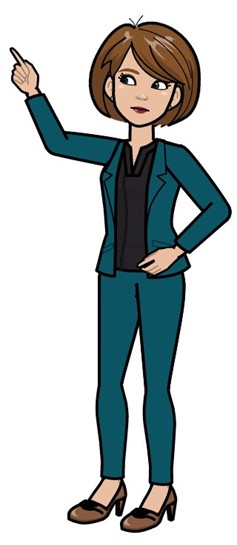
AN INDIRECT PHRASE + A CONNECTOR “IF” + AN AFFIRMATIVE STATEMENT (SUBJECT+VERB+COMP)
- (Direct) Can you tell me about yourself?
- (Indirect)
I would like to know IF you can tell me about yourself
- (Direct) Do you prefer working independently or in a team?
- (Indirect)
Can you tell us IF you prefer working independently or in a team?
- (Direct) Did your first boss get a good impression of you?
- (Indirect)
Do you have any idea IF your first boss got a good impression of you?
Note that we are using the same construction. First you use any indirect phrase you want. Then you use an IF-connector because it is a simple question in the original direct statement. Right after the IF-connector, you make sure you use the SUBJECT and the VERB of the original sentence, as if it were a sentence in affirmative form. Lastly, the verb can be in present, past , future or perfect tenses, according to the original sentence. Naturally, if the question in the DIRECT statement is in negative form, you use exactly the same construction, just make sure you use the SUBJECT and the VERB of the original sentence, as if it were a sentence in negative form. Here are some examples.

Could you tell us why your wife didn´t travel with you?
Can you tell me why your kids haven´t visited you yet?
Could you possibly tell us why your boss doesn´t want you to travel abroad this year?
I would like to know if you are not registered in the contest.
Can you tell us if your sister has or doesn´t have a visa to travel to the USA?
I wish I knew whether or not Mr. Smith got married last month.
I. CONSOLIDATION.
II. EXERCISE I.
III. READING TEXT.
Read the text below and decide which answer (A,B,C or D) best fits each gap. Use higher case letter.

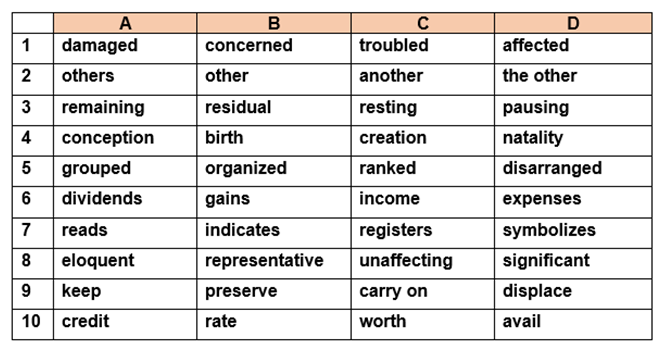
IV. BIBLIOGRAPHY
Cambridge University Press. (2015). Cambridge Advanced Learner’s Dictionary. Fourth Edition.
Eastwood, J. (2019). Oxford Practice Grammar. Intermediate. Oxford University Press.
Hewings, M. (2013) Advanced Grammar in Use with Answers: A Self-Study Reference and Practice Book for Advanced Learners of English. CUP
Murray, L. (2014) English Grammar. Cambridge University Press.
Swan, M & Walter, C. (2016). Oxford English Grammar Course. Intermediate. Oxford University Press.
V. WEB RESOURCES
Images_Compra propia de licencias de banco de imágenes de Pixton y Pngtree, exentas de derechos de autor. https://www-es.pixton.com/ & https://es.pngtree.com/free-backgrounds.
Reading Text retrieved and adapted from https://commonlit-private-assets.s3.amazonaws.com/lesson_template_pdfs/pdfs/000/015/541/original/The_Keys_to_Happiness__Partly_Genetic__But_You_Control_the_Rest-teacher. By ABC News. May 10, 2012 "The Keys to Happiness: Partly Genetic, But You Control the Rest" from www.abcnews.com, © ABC News. Unless otherwise noted, this content is licensed under the CC BY-NC-SA 4.0 license
VI. CREDITS
- All practice exercises and charts were written by Connie Reyes Cruz_2022_ENES- LEÓN-UNAM
- Audio version performed by Sally, Isabella, Kimberly, John and Matt_Compra propia de licencia de uso de voces en Voicemaker, exenta de derechos de autor. https://voicemaker.in/ _Connie Reyes Cruz_2022_